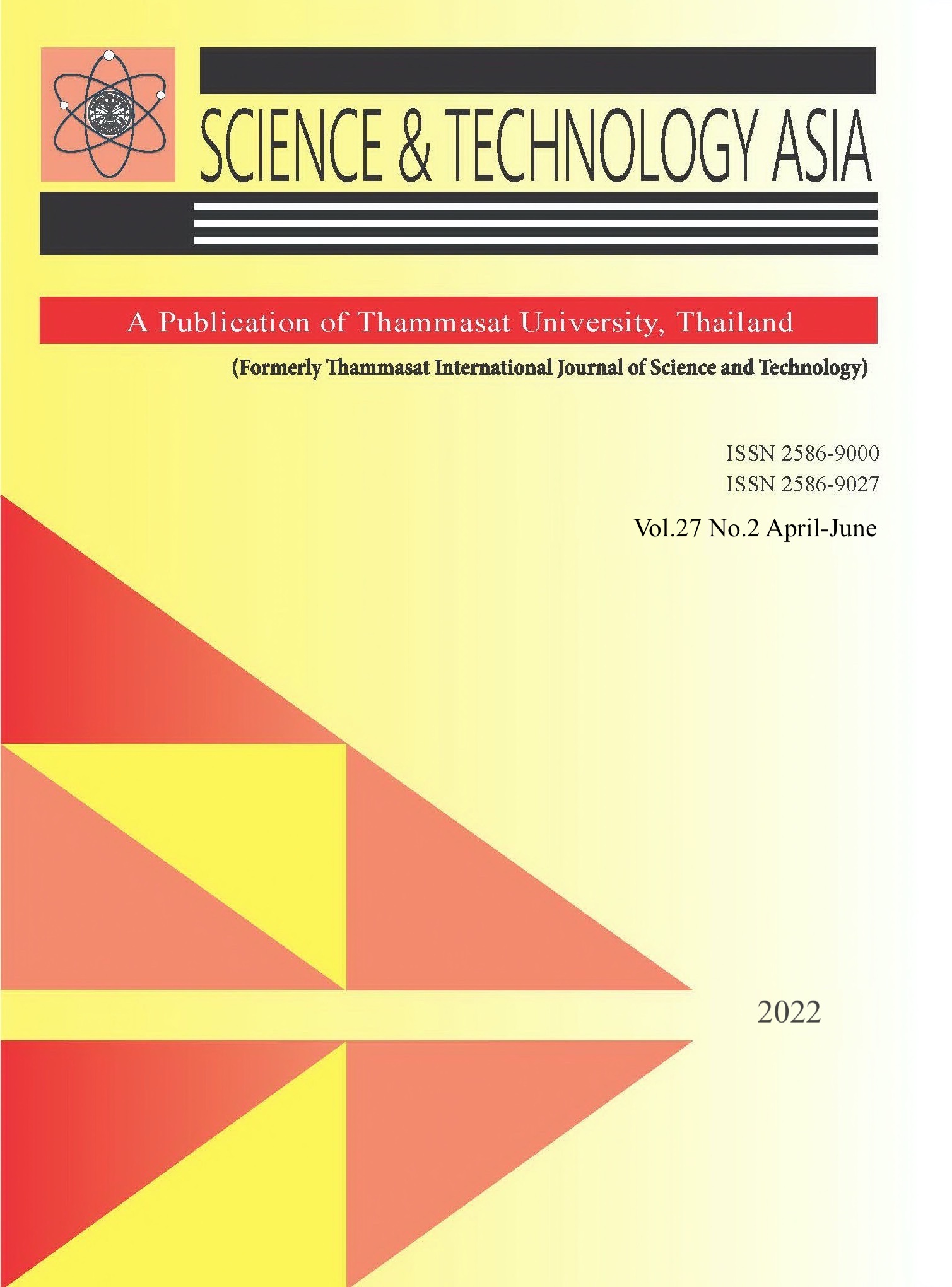Performance of Variance Corrected Models and Frailty Model in Recurrent Event Data: a Simulation Study
##plugins.themes.bootstrap3.article.main##
摘要
Events in a survival data are independent. However, some health outcomes of a person may occur several times, such as infections and asthma attacks, etc., during the study follow up period. Such events are known as recurrent events. Recurrent event data analysis is most commonly used in biomedical research. This paper examines the performance of variance corrected models with frailty models through simulation with varying degree of correlation, treatment effect and sample sizes. Results were evaluated by comparing the risk ratio estimates, average standard errors (SE), Mean square error (MSE), AIC and log-likelihood values. The Prentice William and Peterson-Counting Process model had better fit among variance corrected models. The Andersen Gill model had very high AIC values and loglikelihood values in the simulation data and in the real time datasets. The frailty model had very high coverage probability which exceeded 95% nominal level in all the circumstances. The Relative Sampling Bias (RSB) and mean square error with beta -1 were not very different for all the models, in all scenarios. The PWP-CP model seemed to have lower AIC, less bias, minimum MSE and optimal coverage probability than all other models for different degree of correlations, varying sample sizes and treatment effects from the simulated data.


